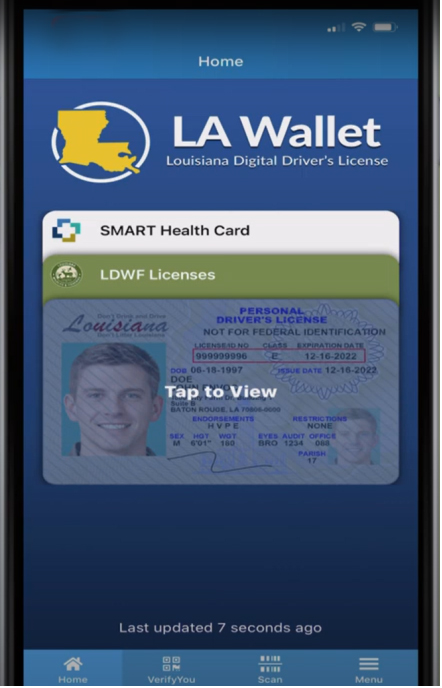

The Center grew out of NAL's leadership in the development of the Web site for the Council. The Web site serves as a reference gateway to information, organizations, and services about invasive species. The National Invasive Species Information Center (NISIC) was established in 2005 at the National Agricultural Library to meet the information needs of users including the National Invasive Species Council (Council). National Invasive Species Information Center (NISIC) - Gateway to invasive species information covering Federal, State, local, and international sources. The geographical coverage is the United States.įor more information on the NAS program see the NAS Flyer. The data is made available for use by biologists, interagency groups, and the general public. The program provides scientific reports, online/realtime queries, spatial data sets, regional contact lists, and general information. This site has been established as a central repository for accurate and spatially referenced biogeographic accounts of nonindigenous aquatic species. The Nonindigenous Aquatic Species (NAS) information resource for the United States Geological Survey located at the Wetland and Aquatic Research Center. Nonindigenous Aquatic Species (NAS) Information Resource for the United States Geological Survey This paper analyzes surveys of private landowners to identify factors that determine landowner engagement in the conservation of endangered species. A pest in 73 countries and considered to be one to the Top 10 Worst Weeds in the World, cogongrass affects pine productivity and survival, wildlife habitat, recreation, native plants, fire behavior, site management costs and more.Ĭooperative Conservation - Determinants of Landowner Engagement in Conserving Endangered Species By: Megan E. Cogongrass (Imperata cylindrica) is an invasive, non-native grass which occurs in the southeastern United States.


 0 kommentar(er)
0 kommentar(er)
